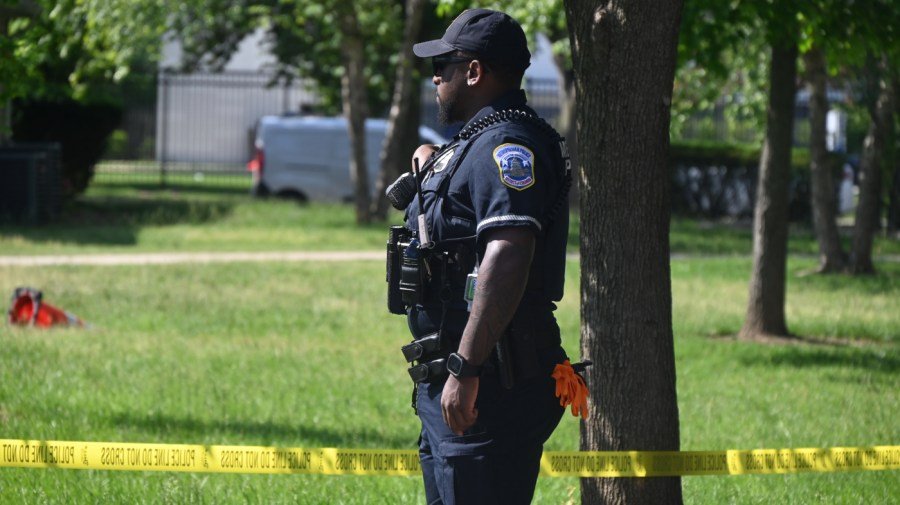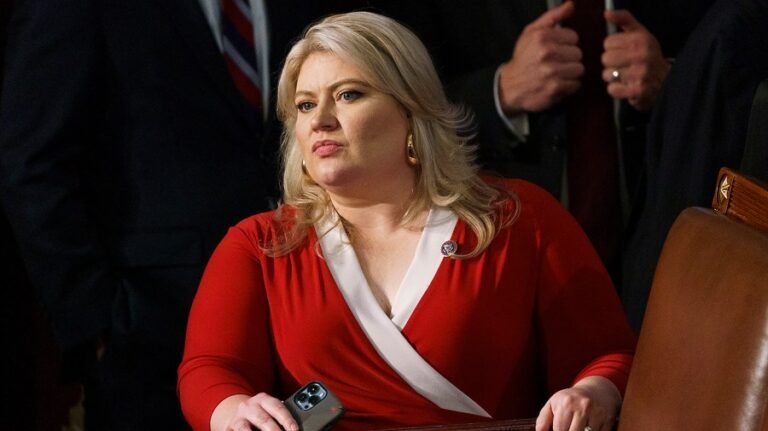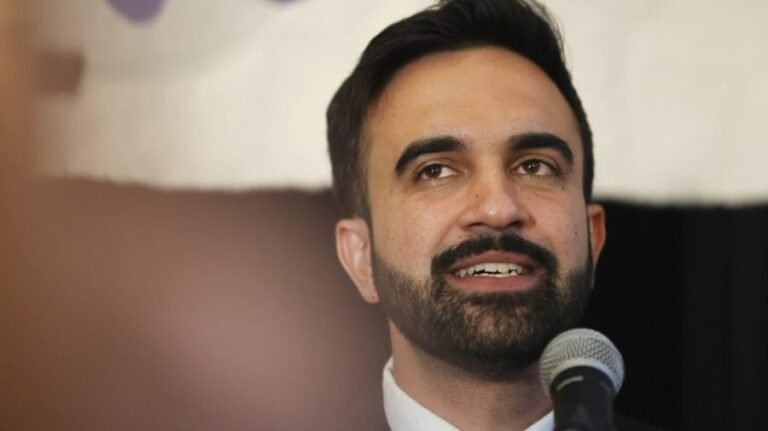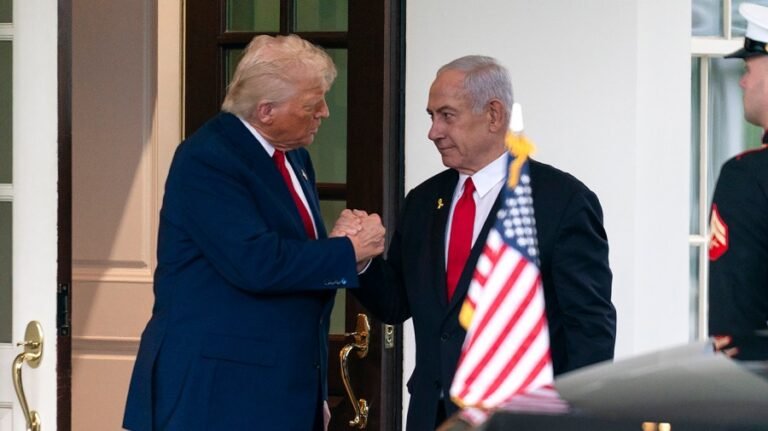
Despite triumphant claims of “historic drops” in violent crime, D.C. residents find ourselves kicking off the summer with feelings of uncertainty. As I explore a possible run for local office, I have learned that systematic undercharging is fueling some portion of these so-called declines in violent crime. In short, a manipulation of the crime statistics is causing them not to align with reality, which helps explain why people in Washington don’t feel safe.
When a violent crime is reported as a “felony threat,” rather than “assault with a dangerous weapon,” it is not counted as a violent crime.
Our city leaders must act now to determine whether this is happening, to what extent, and how it impacts not only those within my own Ward 6, but also throughout the district.
On Feb. 20, to great fanfare, the Metropolitan Police Department Public Information Officer released the following statement: “Our initiatives and investments led to a historic 35 percent drop in violent crime in 2024, including a 32 percent drop in homicides and a 39 percent decrease in robberies. These decreases drove crime in Washington, D.C. down to its lowest levels in more than two decades.”
Similarly, the Department of Justice previously announced that “total violent crime for 2024 in the District of Columbia is down 35 percent from 2023 and is the lowest it has been in over 30 years, according to data collected by the [Metropolitan Police Department].”
And, not surprisingly, these statistics have worked their way into the community’s bloodstream. In a May 24 Ward 6 Update, Councilman Charles Allen trumpeted them in his public safety updates by noting “a consistent decline in violent crime that we want to sustain and continue to drive down even further.”
And during a recent Advisory Neighborhood Commission 6B meeting, a Metropolitan Police Department representative told us that “crime is down over 2024,” including a “44 percent reduction in violent crime.”
On paper, this seems like fantastic news. But day after day, we are bombarded with reports of shootings, carjackings and robberies. We witness teens running through crowded recreational areas with weapons, and we’re left wondering: Why isn’t the story we are told translating to our lived experiences?
On May 6, I joined the monthly 1st District MPD Citizens Advisory Council meeting and asked the commander directly whether a charge of “felony threats” was categorized as a violent crime. He confirmed that it was not. And this is a very big problem.
On May 13, I submitted a Freedom of Information Act request seeking incident reports where the individual is charged with felony threats under D.C. Code 22-1810 for the period from Jan. 1 to April 30. My request was denied outright.
These concerns are not solely my own. On May 22, Greg Pemberton, head of the D.C. Police Union, stated that the department “is past its breaking point.”
“To evade public scrutiny, MPD leadership is deliberately falsifying crime data, creating a false narrative of reduced crime while communities suffer,” he added.
The apparent justification for using the two charges interchangeably is that felony threats and assault with a deadly weapon charges carry roughly equivalent sentences.
But because felony threats cases are not categorized as a violent crime, such charges skew D.C.’s reported violent crime statistics. Improperly declassifying violent crime directly undermines the community’s faith in the data.
The City Council, the U.S. attorney and the D.C. attorney general must investigate this pattern, as the continued prevalence of these decisions ripples through the criminal justice system.
Misrepresentation of the prevalence of violent crime directly affects the Metropolitan Police Department’s staffing, recruiting and retention, clearance rates on violent crimes, decisions on where to patrol, designation of Drug Free Zones, reporting to state and national criminal databases, City Council oversight and funding decisions.
It is fundamentally unfair to our patrol officers and our community members. Simply reducing the denominator does not reduce crime.
The causes of and solutions to crime are complicated. There is no single person or thing to blame. But if we are given falsified data about it, we will be unable to solve the problem. We cannot fix things if we are willfully blind to what is happening.
We can only handle the truth because we are living it.
Michael Murphy is exploring candidacy for Ward 6 of Washington, D.C.’s City Council.






